Five districts of Edinburgh changed beyond recognition
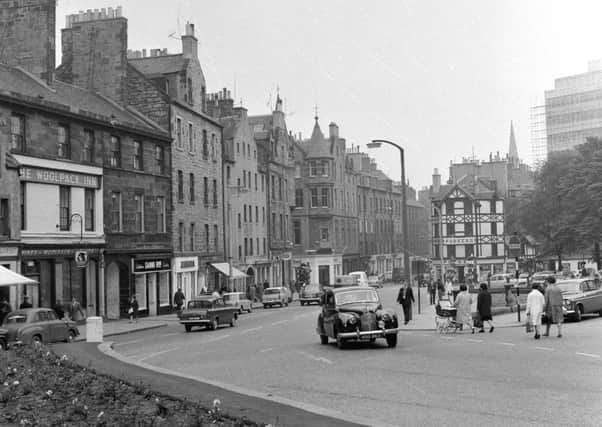

Driven by a desire to provide better social housing and public services, the post-war era witnessed seismic changes to the architectural fabric of cities up and down the country.
And despite its reputation as a town soaked in history, Edinburgh was no different. Here are just 5 districts of Scotland’s capital which have changed beyond recognition over the last half century.
The St James Quarter
Advertisement
Hide AdAdvertisement
Hide Ad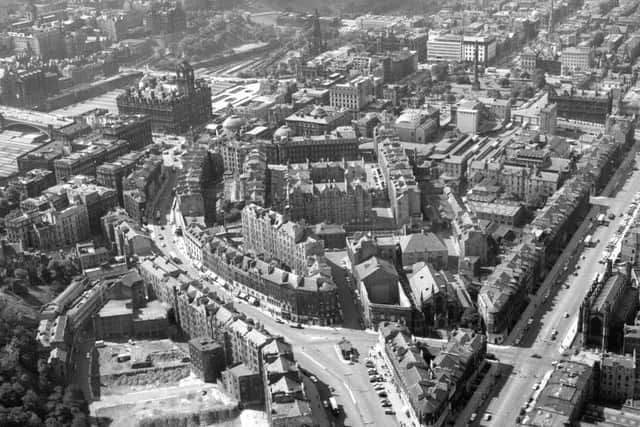

Four decades ago a colossal chunk of central Edinburgh fell to demolition firm Hunter’s wrecking ball. Although Leith Street, St James Square and Greenside have managed to survive in name, the Georgian tenements which once characterised the look of the district are all but gone, replaced by the brutalist St James Centre in the 1970s and the Omni in the 2000s.
Prior to this, the St James Quarter, as it is now often referred, was a densely-populated residential area, peppered by small businesses, tailor shops, pubs and clubs. All of it disappeared as the authorities sought to create a modern urban utopia of wide roads and concrete tower blocks.
St James Square was once a handsome square of townhouses, first conceived by architect James Craig in the late 18th century. But by the post-war era of the 20th century, it was regarded by the authorities as ‘ugly’, insanitary and unfit for purpose. Demolition was ruthless, leaving only one side of the square intact.
Likewise Leith Street, one side of the street exists today despite being earmarked for removal. Its distinctive northern side with its upper level terrace, however, was swept away in its entirety all the way down to Picardy Place - the birthplace of Arthur Conan Doyle. Greenside was also heavily hit and none of its tall tenements between Calton Road and the Playhouse now stand.
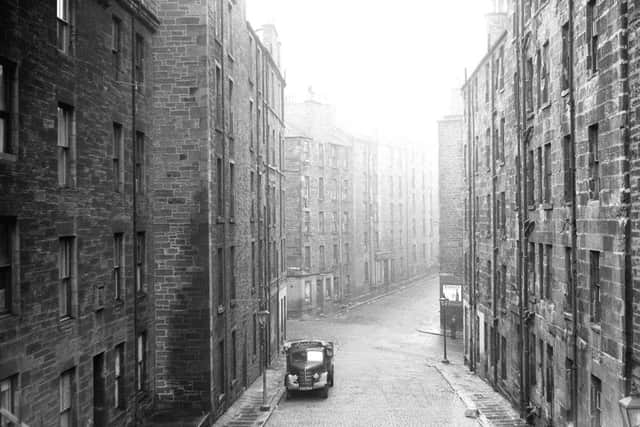

Today the district looks very different and is all set to change once more with the demolition of the unloved St James Centre currently in progress. Nonetheless, the St James Quarter is wholly unrecognisable to how it looked just half a century ago.
Bristo Street and George Square
The land between Bristo Place and George Square has underwent great change in the past 50 years with much of the original layout having been completely altered.
Bristo Street, at one time a continuation of Bristo Place, has altogether vanished from the map. The street was an ancient thoroughfare to the south and featured architecture spanning 300 years. It was home to the famous Parkers department store, a four-storey, Tudor-fronted building which still evokes fond memories from Southsiders of a certain vintage to this day. Parkers was demolished in the 1970s and the land is now occupied by the university’s informatics forum, built in 2005.
Advertisement
Hide AdAdvertisement
Hide Ad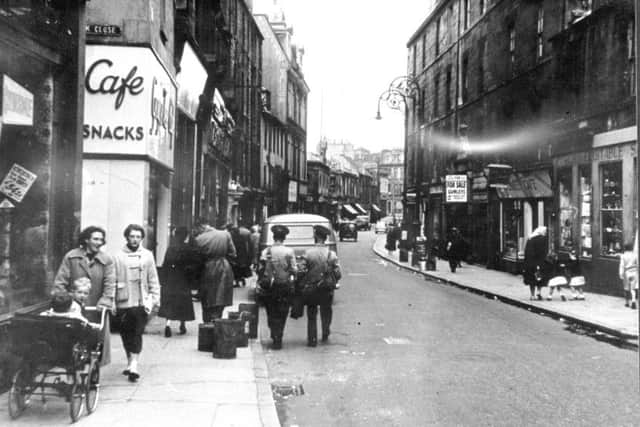

The obliteration of this district can be traced back to the 1950s when Edinburgh University began buying up premises in and around George Square. The square, of which only one side remains fully-intact, was Edinburgh’s first attempt at a ‘New Town’ development, dating from 1766. It housed wealthy Edinburghers for two centuries but was swept aside to allow the university to construct several new buildings such as the David Hume Tower and the library, designed by Sir Basil Spence.
Further university developments over the next 40 years comprehensively altered Crichton Street, Charles Street, Marshall Street, Lothian Street and Potterrow. Buildings such as the student health centre, Pleasance Dome and Appleton Tower fill the space left from the demolished tenements.
Bristo Square, completed in the early 1980s, is currently undergoing a multi-million pound redevelopment. Proof that Edinburgh never stays still.
Dumbiedykes
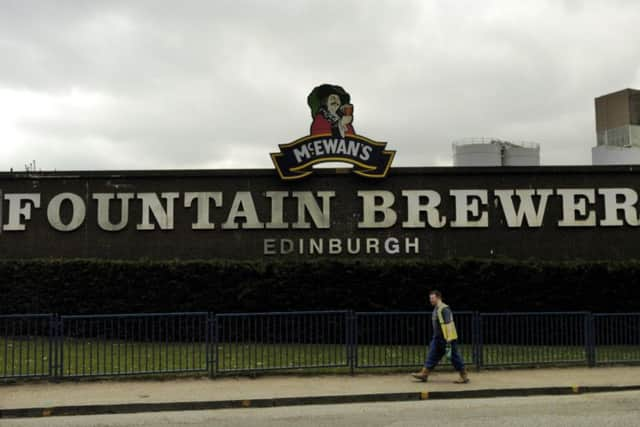

Situated Dumbiedykes area started to take shape in the 1700s when dwellings sprang up around the Pleasance. The area took its name from a deaf and dumb school established to the north east of St Leonard Street. By the 20th century the Dumbiedykes was dominated by stone tenements, factories and breweries. Residences were over-populated, dilapidated and considered an affront to progressive society. Some, such as in the Penny Tenement disaster of 1959, were even falling down. There were few who argued against something being done.
In the 1960s a slum clearance programme got underway to rid the Dumbiedykes of its poorest quality housing and relocate residents to the outskirts of the city. It proved to be comprehensive and today only a handful of the Dumbiedykes’ tenements still stand. There were once hundreds.